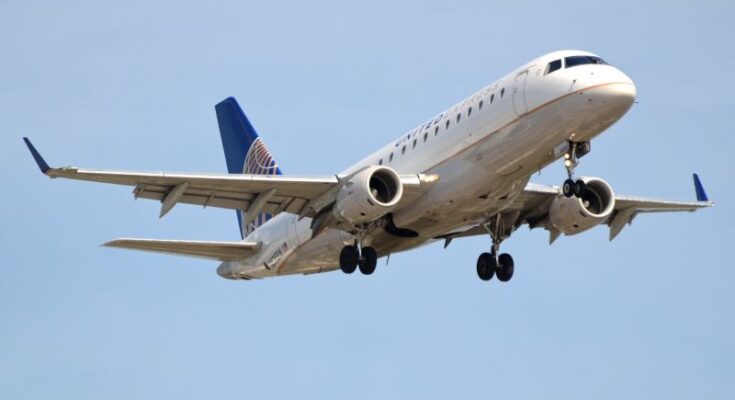Asleep Below Deck: Shocking Baggage Handler Incidents Aboard U.S. Flights
In an unsettling pattern of incidents, multiple baggage handlers have accidentally been locked inside aircraft cargo holds, only to wake up mid-flight. These events, primarily involving American Airlines and Alaska Airlines, have raised serious concerns about airport ground operations and aviation safety protocols. While most cases have ended without injury, they spotlight vulnerabilities that could have catastrophic consequences.
The First Notable Incident Happened in 2015
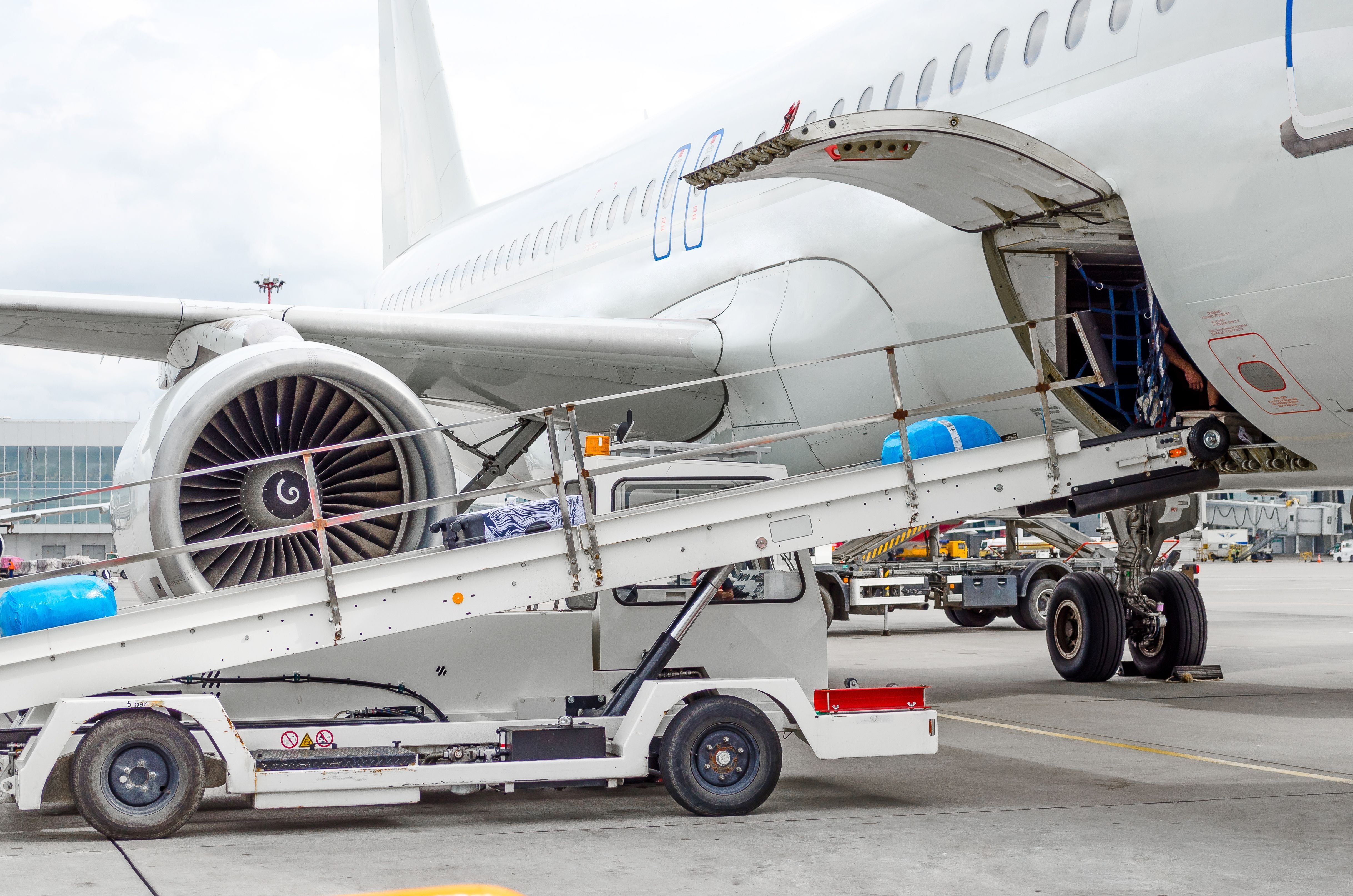
The first widely reported incident occurred in April 2015 aboard Alaska Airlines Flight 448, which was departing from Seattle-Tacoma International Airport en route to Los Angeles. A baggage handler, employed by Menzies Aviation — a third-party contractor for Alaska Airlines — inadvertently fell asleep inside the plane’s forward cargo hold. The area was pressurized and temperature-controlled, likely preventing immediate harm.
The employee awoke mid-air after a heavy piece of luggage fell on him. Disoriented and frightened, he found himself in complete darkness, with only the rumbling of the aircraft around him. He quickly used his cellphone to call 911, stating that he was trapped inside the plane’s cargo compartment. The call lasted only 44 seconds before disconnecting.
Desperate to get help, the handler began banging on the cargo walls, which alerted the cabin crew and passengers. The pilots, upon being informed, returned the aircraft to Seattle. The plane was in the air for just 14 minutes before landing safely. Thankfully, the handler emerged unharmed.
The Baggage Handler Faced Serious Repercussions
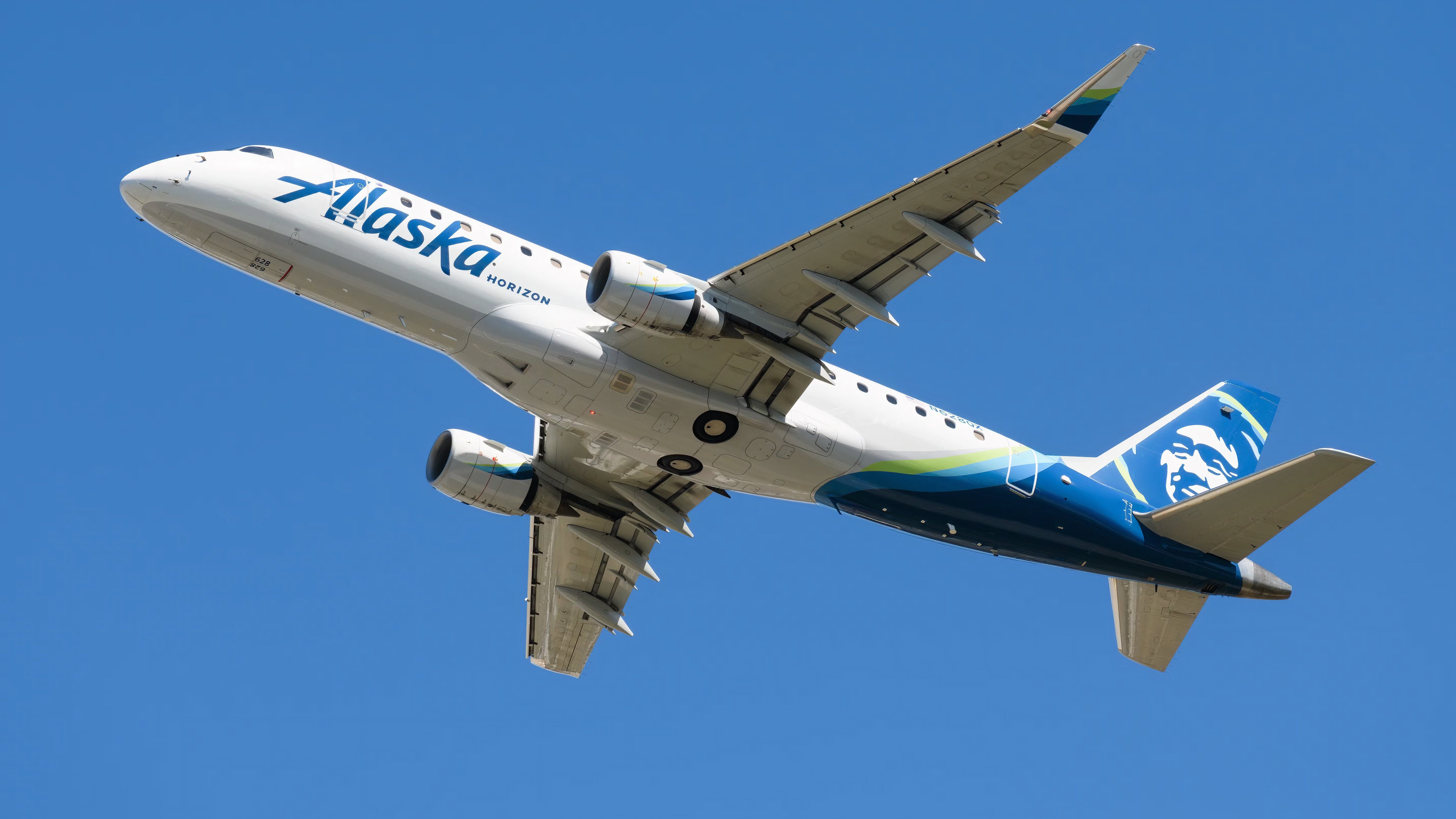
Despite escaping injury, the handler faced strict consequences. Alaska Airlines announced that he would be permanently banned from working on its aircraft. While some might view this as an overreaction, airline officials cited serious operational and safety risks. The incident highlighted gaps in pre-flight procedures and raised alarms about the potential for more severe outcomes had the cargo hold been unpressurized or the flight longer.
The handler was not a direct employee of Alaska Airlines but worked for Menzies Aviation, a major baggage handling contractor used across the aviation industry. The company did not publicly share details about whether additional disciplinary actions or safety protocol changes followed the incident.
A Similar Incident Occurred on November 1, 2018
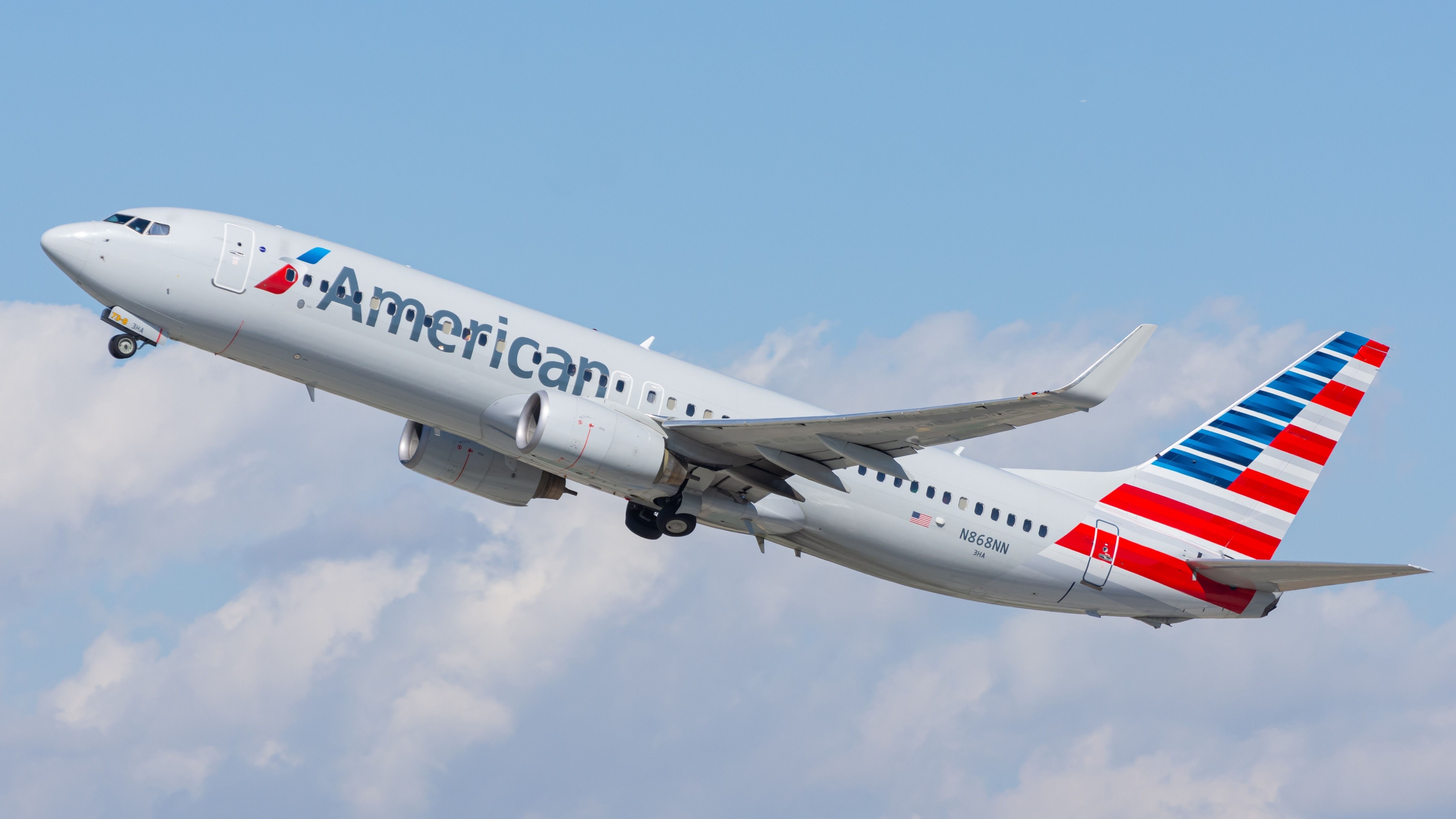
Despite the publicity of the 2015 case, history repeated itself three years later. On November 1, 2018, a similar event unfolded when another baggage handler was discovered locked inside the cargo hold of an American Airlines flight. The plane had already taken off, and the situation again underscored how easily these lapses can recur without stronger preventive measures in place.
Although details about the 2018 incident were more limited, the core issue remained the same: insufficient verification that all personnel had exited the cargo area prior to takeoff.
What Did the Airlines Have to Say?

In both instances, the airlines involved emphasized that these were isolated and accidental events. Alaska Airlines issued a public statement acknowledging the seriousness of the 2015 incident and reaffirming its commitment to safety. It also announced that it would review and reinforce safety protocols with its ground handling contractors.
American Airlines also took steps to investigate the 2018 incident and reportedly worked to tighten procedures around cargo loading and employee accountability. Both carriers pointed to their partnerships with third-party contractors as part of a broader industry issue that requires consistent training and oversight across all service providers.
Some Stowaway Incidents Have Turned Deadly
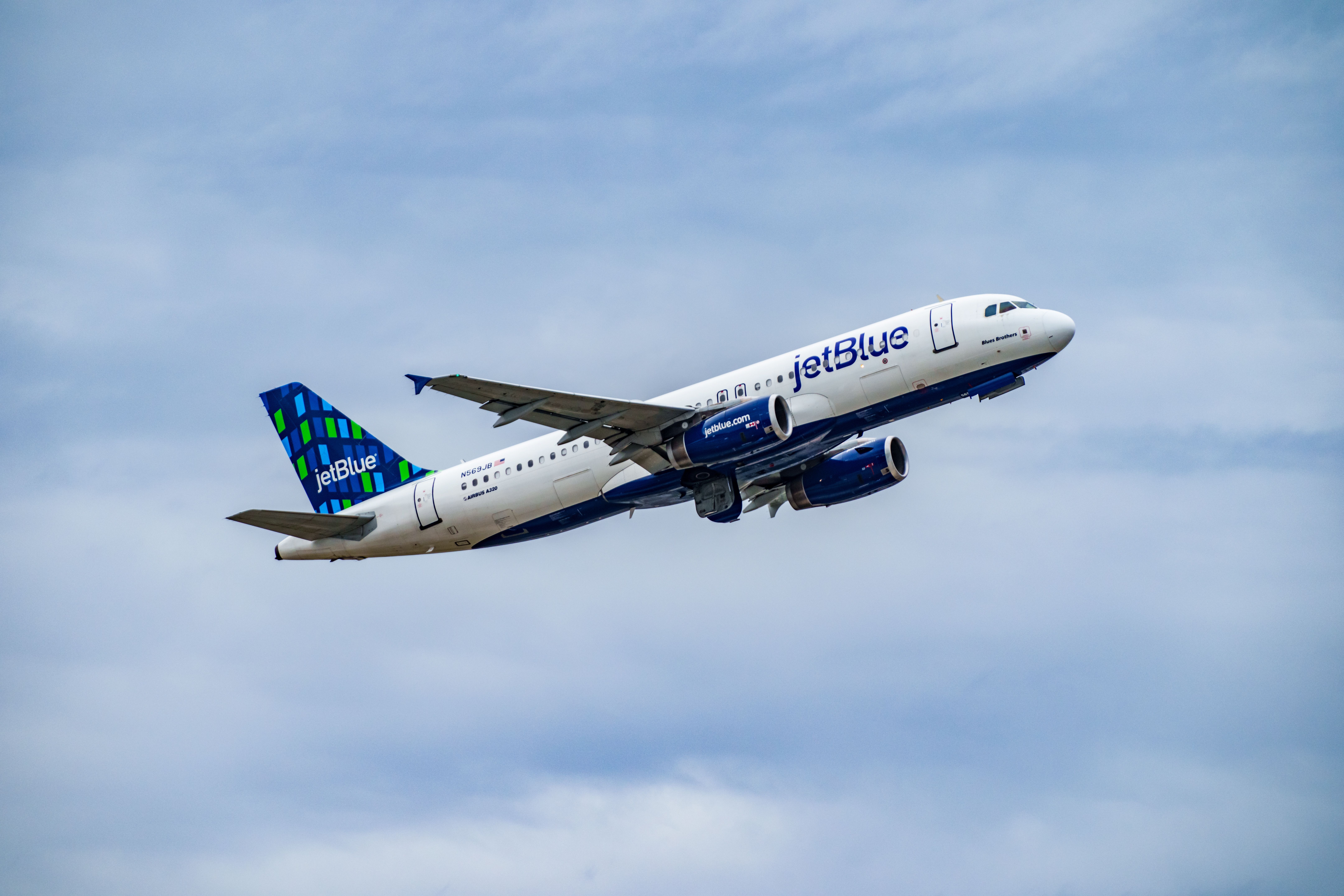
While these baggage handler cases were accidental and ended without injury, other stowaway incidents involving aircraft cargo holds have had tragic outcomes. Over the past several decades, there have been multiple cases of individuals — often desperate migrants — attempting to hide in the undercarriage or cargo areas of planes in search of a better life.
Unfortunately, the extreme conditions at cruising altitudes — including freezing temperatures and lack of oxygen — have led many of these attempts to end in death. Unlike pressurized and heated cargo areas (such as the one in the 2015 Alaska Airlines case), the wheel wells and external compartments of aircraft are not designed to support human life.
The Practice of Stowing Away on Aircraft Has Often Ended in Tragedy
From teenage stowaways in developing countries to adults attempting dangerous journeys, many have paid the ultimate price for boarding aircraft under such perilous conditions. In some cases, stowaways have fallen from planes shortly after takeoff or landing gear deployment. In others, bodies have been discovered only after landing — highlighting the heartbreaking lengths to which people will go for escape or opportunity.
The aviation industry continues to work on enhancing aircraft security, surveillance, and ground personnel training to prevent such tragedies. Still, each incident — whether accidental or intentional — serves as a stark reminder of the risks and the need for constant vigilance.
Final Thoughts
While falling asleep in a cargo hold might sound like a strange fluke, these events are symptomatic of deeper issues in airline ground operations. As airlines continue to rely on outsourced baggage handling, it becomes increasingly important to enforce strict safety checks and accountability measures.
For passengers, these stories may feel distant — but they impact flight safety and operational integrity. And for the baggage handlers involved, a brief nap or misstep can change a life, or end one.
